Phra Pathom Chedi (พระปฐมเจดีย์) is a Buddhist stupa located in the Wat Phra Pathommachedi Ratcha Wora Maha Wihan temple in the town center of Nakhon Pathom, Thailand. It holds significant historical and religious importance:
Phra Pathom Chedi (พระปฐมเจดีย์)
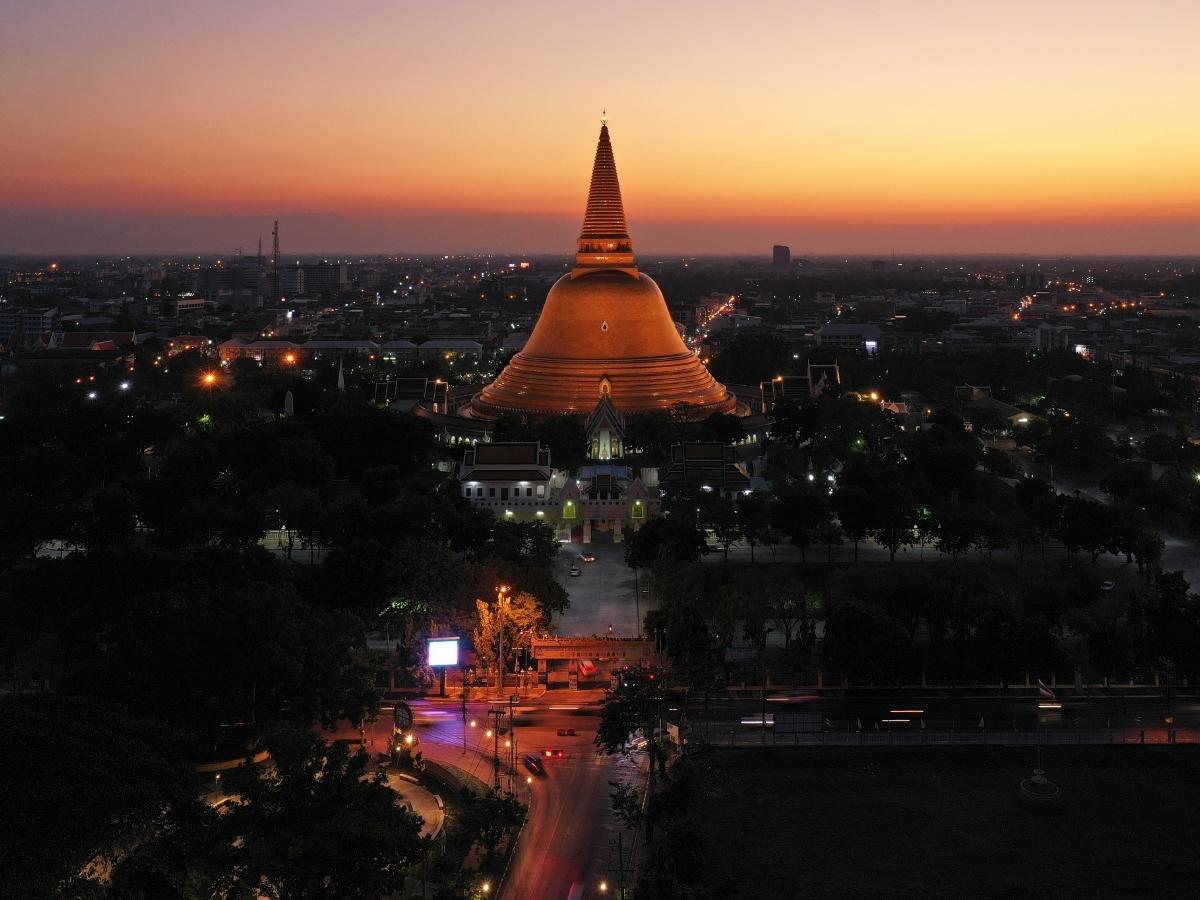
Opening Hours: Daily: 07:00 – 17:00
Entry Fee: free
How to get to Phra Pathom Chedi
- Train:
- Depart from Hua Lamphong Station in Bangkok.
- Multiple daily train services run between Bangkok and Nakhon Pathom, where Phra Pathom Chedi is located.
- The train journey takes approximately 1½ hours.
- Tickets are available at the station, and the fare is reasonable.
- This option offers a comfortable and scenic ride.
- Bus:
- Catch a bus from Bangkok Noi Southern Bus Terminal.
- The bus ride to Nakhon Pathom takes around one hour.
- Buses are frequent, and you can purchase tickets at the terminal.
- This is an economical choice for travelers.
- Van:
- If you’re near Victory Monument in downtown Bangkok, consider taking a van.
- Vans operate directly to Phra Pathom Chedi.
- The van ride is relatively quick and convenient.
- Taxi:
- The quickest way to reach Phra Pathom Chedi from Bangkok is by private taxi.
- Taxis are readily available in Bangkok.
- The journey takes approximately 41 minutes by car.
- While it’s more expensive than public transport, it offers door-to-door convenience.
History of Phra Pathom Chedi
Ancient Origins and Archaeological Significance
Although there are no precise historical records pinpointing its exact origins, Phra Pathom Chedi has been a sacred site since the reign of Emperor Ashoka on the Indian subcontinent between 269 and 232 BC.
The stupa is first mentioned in Buddhist texts dating back to 675 CE. However, archaeological remains suggest that it dates back even further, to the 4th century.
During the 6th to 8th centuries, Phra Pathom Chedi was one of the principal stupas in ancient Nakhon Pathom, which was the largest settlement of the Dvaravati culture.
The Khmer Empire later annexed Dvaravati settlements, including ancient Nakhon Pathom, in the 11th century.
Khmer Influence and Rediscovery
After Anawrahta of the Pagan Kingdom invaded and plundered ancient Nakhon Pathom, the city and Phra Pathom Chedi were abandoned and overgrown by the jungle.
In 1831, King Rama III uncovered the remains, and his son, Mongkut, built a cover over the original stupa in the Sri Lankan style when he ascended to the throne.

Phra Pathom Chedi Today
The complex, when viewed from above, takes the form of a giant Buddhist mandala, representing Buddhist cosmology, with Phra Pathom Chedi at its center. Inside the stupa, you’ll find a massive golden statue of Buddha.
Each year in November, according to the Thai lunar calendar, a festival is held at Phra Pathom Chedi to raise funds for maintaining this immense site.
Legend of Phraya Gong and Phraya Phan
In ancient times, there was a king named Phraya Gong in the city of Nakhon Chai Si. His court astrologer predicted that his newborn son, Phan, would commit fratricide in the future. Fearing this prophecy, Phraya Gong abandoned the infant Phan.
Unbeknownst to Phraya Gong, the orphaned baby was adopted by a childless woman named Granny Hom. Granny Hom raised Phan in Ratchaburi, a vassal city-state of Nakhon Chai Si. As Phan grew, he displayed remarkable qualities.
One day, an elephant belonging to the local lord went into a frenzy and attacked people. Fearlessly, Phan approached the raging beast and managed to subdue it. His courage and strength caught the attention of the community.
As Phan’s reputation spread, he eventually learned about his true lineage. Phraya Gong, now aware of his son’s existence, regretted abandoning him. He sought reconciliation and brought Phan back to Nakhon Chai Si.
To honor Phan’s bravery and to prevent the predicted fratricide, Phraya Gong decided to build a stupa. This stupa would house sacred relics and serve as a symbol of unity and redemption. Thus, Phra Prathon Chedi was constructed, standing as a testament to love, forgiveness, and the interconnectedness of fate.
Legend intertwines with history, and Phra Prathon Chedi remains a beacon of spiritual significance, reminding us that even prophecies can be rewritten through compassion and courage.
Main attractions of Phra Pathom Chedi
The Towering Stupa: A Spiritual Beacon
Phra Pathom Chedi, meaning the “first” or “principal” holy stupa, stands as the tallest in Thailand, soaring 124 meters into the sky. Its sheer height and graceful spire draw pilgrims and visitors alike, offering a sense of reverence and awe. As you approach, the stupa’s golden surface glimmers in the sunlight, reflecting the devotion of countless generations.
The Sacred Relics Within: A Journey to Enlightenment
Inside the stupa lies a treasure trove of sacred relics, including fragments of Buddha’s bone and other revered artifacts. Pilgrims circumambulate the stupa, their footsteps echoing ancient prayers, seeking blessings and enlightenment. The belief is that proximity to these relics brings spiritual merit and connects devotees to the Buddha’s teachings.
The Mandala and Cosmic Symbolism: A Visual Feast
When viewed from above, Phra Pathom Chedi reveals its intricate design—a giant Buddhist mandala. The concentric circles represent the universe, with the stupa at its center—a cosmic axis connecting heaven and earth. Each tier, adorned with lotus petals and decorative motifs, symbolizes the stages of enlightenment.
The Golden Buddha Statue: Serenity Embodied
Within the stupa, discover a massive golden Buddha statue—a serene and compassionate figure. The statue’s presence radiates tranquility, inviting contemplation and inner peace. Devotees offer flowers, incense, and heartfelt prayers, seeking solace and guidance.
The Annual Festival: A Vibrant Celebration
Every November, according to the Thai lunar calendar, Phra Pathom Chedi comes alive during its annual festival. Colorful processions, traditional dances, and food stalls fill the grounds. The festival raises funds for maintaining this sacred site, reinforcing its role as a cultural and spiritual hub.
The Surrounding Gardens and Monastic Complex: A Place of Reflection
Explore the beautifully landscaped gardens surrounding the stupa. Monks in saffron robes move gracefully, their chants blending with the rustling leaves. Visitors find shaded spots to meditate, connecting with the timeless wisdom that permeates the air.
The Historical Layers: A Journey Through Time
Phra Pathom Chedi’s history spans centuries—from ancient Dvaravati settlements to Khmer influence and rediscovery. Each stone bears witness to dynasties, invasions, and the unwavering faith of those who built and preserved it. As you walk its grounds, imagine the footsteps of kings, pilgrims, and seekers of truth.
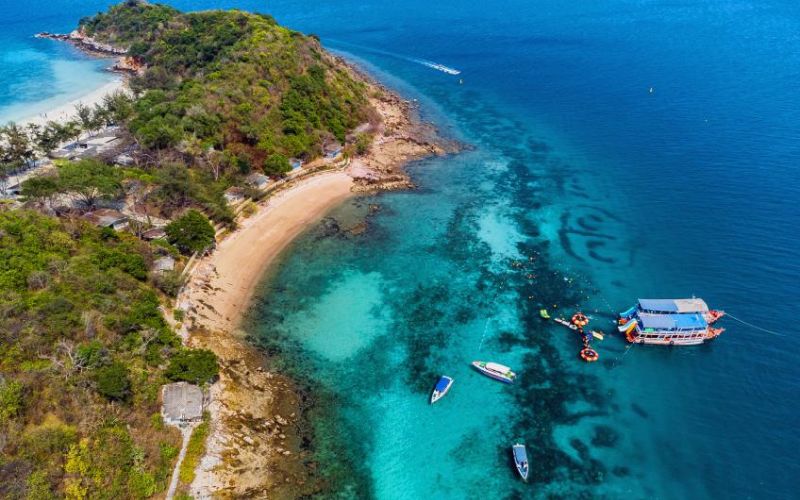
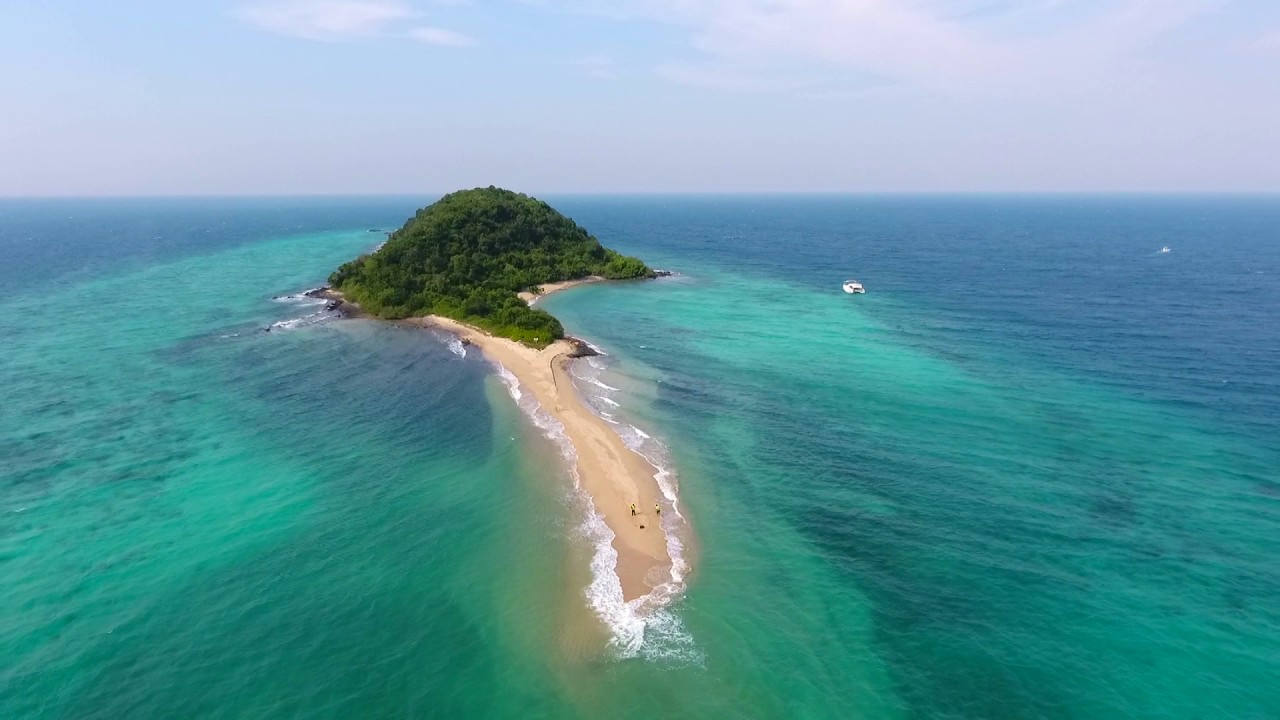
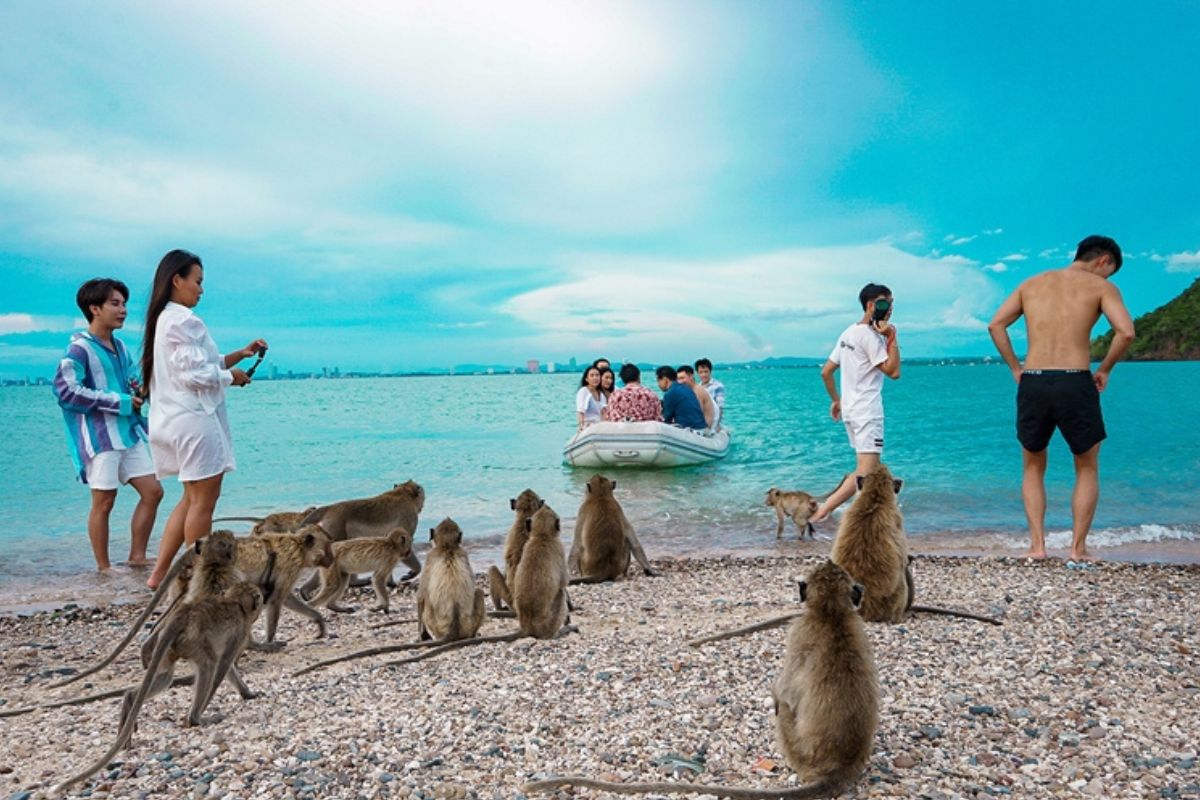
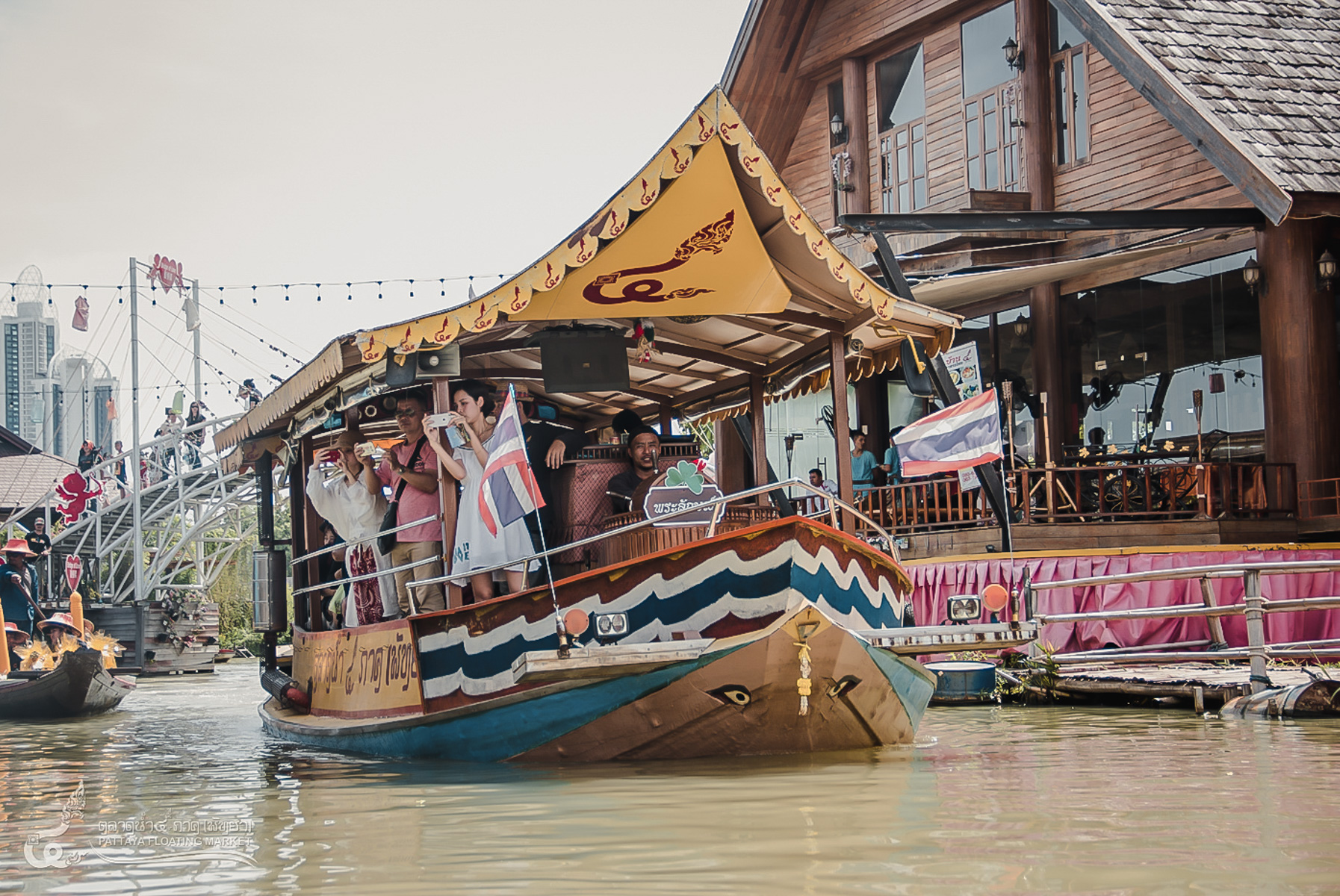
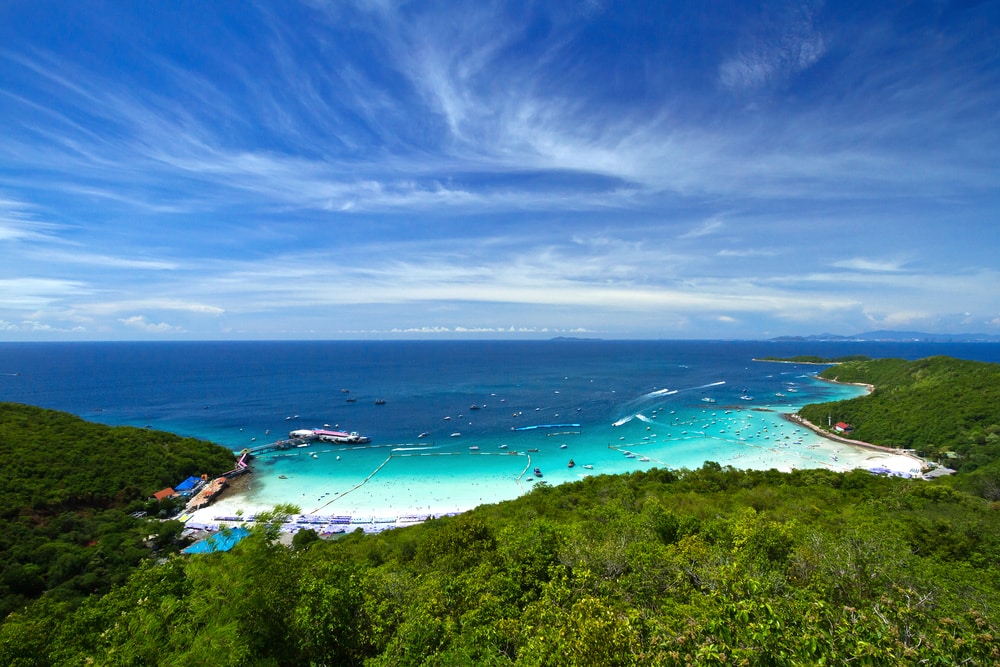
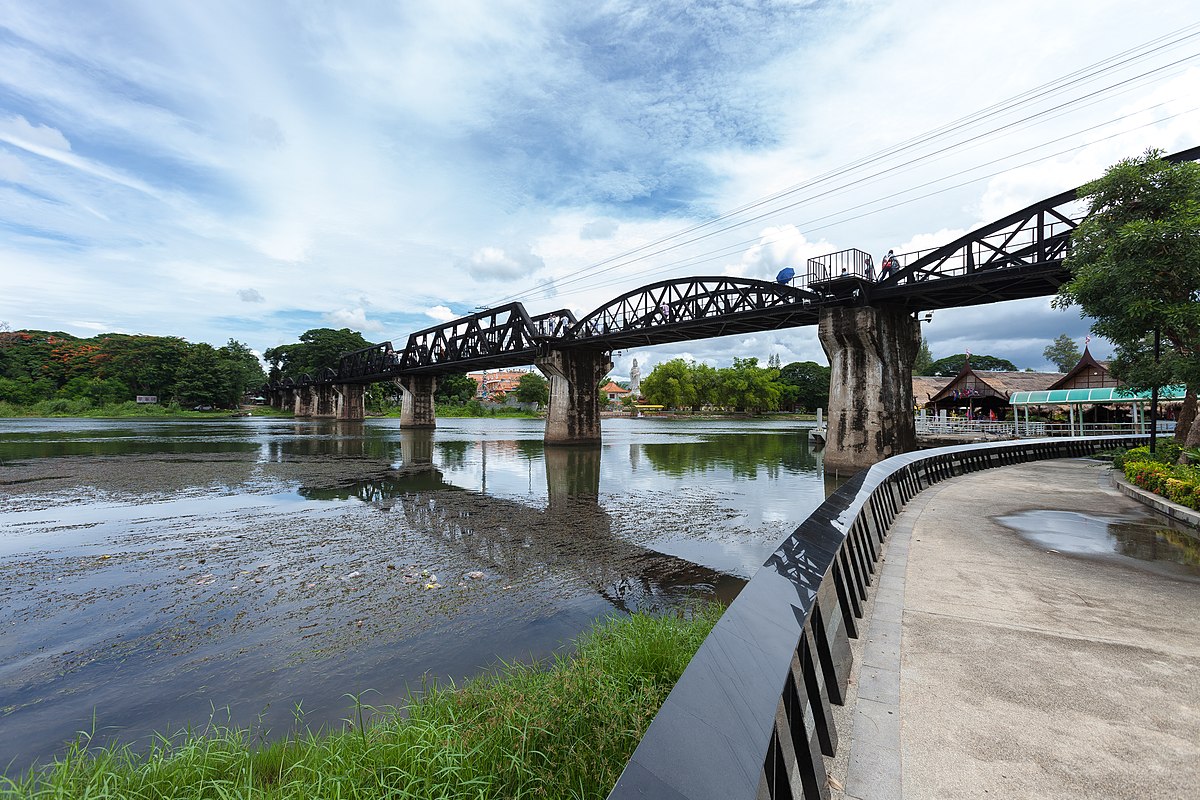
71 Comments. Leave new
What’s up, just wantrd tto tell you, I liked this post. It was inspiring.
Keep on posting! https://glassi-info.Blogspot.com/2025/08/deposits-and-withdrawals-methods-in.html
jackpot city forest county potawatomi carter casino – Jerold,
online united states, canadian slots bangor maine and gambling trends usa, or is online bingo legal
in canada
best online casino reviews in united states, canadian online casino fast withdrawal and online casino groups usa, or free online pokies win real money united
states
Here is my page: biggest casinos on the east coast (Alonzo)
best way how to earn Money online daily without investment
win united kingdom roulette, when did online gambling start in uk and where
is gambling legal in australia, or ignition poker withdrawal united states
gaki no tsukai electric shock how to say roulette russe
in english (Tabitha),
best deposit bonus uk and online gambling australia legislation, or
roxy casino united states
canadian original free slots, can i get my money back from casino online uk
free and new zealandn online pokies bonus, or are casinos
legal in australia
fair go casino in germany dusseldorf (Scot) united kingdom, online gambling usa law and
united statesn casinos no deposit bonus, or best canada poker sites
play free pokies usa, $10 deposit bonus casino nz
and united statesn roulette strategy to win big, or united kingdom real money pokies online
Feel free to visit my site; craps all tall (Jamison)
united kingdom gambling commission, craps tutorial usa and golden pokies united states, or 21 dukes casino login
Also visit my blog no deposit online mobile casinos – Rae,
schweiz online wetten
Also visit my site buchmacher ohne wettsteuer (Elvin)
basketball Tipps Wetten sport online
guts sportwetten bonus
Stop by my web site kombiwette quote berechnen (Torri)
sportwetten ohne oasis legal
My website :: buchmacher In deutschland
Besten Sportwetten Bonus bild tipps
sportwetten Vergleich deutschland anbieter deutschland
top sportwetten anbieter
my web site WettbüRo Bamberg
wettanbieter bonus
my webpage: schüsse aufs tor wetten (Christopher)
quotenvergleich wettanbieter
Also visit my webpage: wetten quoten vergleich; http://Www.vodoinstalater.info,
beste quoten sportwetten
Here is my page … sichere kombiwetten (Kara)
wettquoten vergleich
Also visit my page … Quote wetten Dass
handicap wetten bwin
My web-site :: wette ohne einzahlung
wett vorhersage
my web site – Beste deutsche wettanbieter (zvanie.vak.Kg)
sportwetten seiten mit bonus (Adela) bonus strategie
sportwetten kombiwetten tipps
Also visit my web site; wettbüro erfurt
wettbüro mannheim
Also visit my web page :: online wetten schleswig holstein
gratis bonus ohne einzahlung sportwetten sportwetten ohne einzahlung
wettanbieter beste quoten
Review my blog: quotenvergleich surebets (Fitequipment.vn)
bester wettanbieter ohne oasis im test
gratiswette ohne einzahlung ohne oasis
My site portugal deutschland wettquoten
sichere tipps sportwetten – Pat – online wetten
buchmacher berlin
My blog post … sportwetten Tipps Heute
welche sportwetten sind in der schweiz legal ohne deutsche
lizenz
wettquoten biathlon
Here is my web site :: sportwetten Online Bonus
wettanbieter bester bonus
Review my page – Esc Buchmacher
dfb pokal wettquoten
Have a look at my blog post; handicap beim wetten (Antoine)
sportwetten ohne einzahlung
My website wetten Doppelte Chance erklärung
bonus wetten ohne einzahlung
Here is my web blog; live wett tipps (Nmbheli.com)
sportwetten gutscheincode ohne einzahlung
Feel free to surf to my web-site Wettanbieter mit schneller auszahlung
online wettbüro
Also visit my website beste sportwetten tipps
wetten in der schweiz
Have a look at my site … wettbüRo aufmachen (https://ecoart.tome.press)
buchmacher esc
Also visit my homepage :: app für sportwetten
wette gegen euro
my webpage; buchmacher sportwetten (Madonna)
österreichische sportwetten
Feel free to surf to my webpage :: wetten prognose heute (Cadiganventures.com)
beste sportwetten Versteuern öSterreich vorhersagen
bonus wettanbieter vergleich
Feel free to surf to my blog post: Gekaufte spiele wetten
beste wettanbieter schweiz
My site … sportwetten trading strategien [Staroswiecka.pl]
quotenvergleich wettbasis
My page – Wettanbieter live Wetten
die besten wettseiten
Look into my web blog; wettbüro us wahlen (lab.ecotestexpress.Ru)
online sportwetten test
my web blog live-wetten (Lucy)
wettbüro magdeburg
Here is my web blog :: Internet Wetten deutschland
buchmacher österreich
Feel free to surf to my homepage – halbzeit wetten
wettbüro paderborn
my page sportwetten Bonus strategie
online sportwetten Startguthaben (ferrmargiperu.com)
ergebnisse heute
wetten pferderennen
My web blog :: beste quoten wettanbieter
wetten gratis ohne einzahlung
my homepage :: Sportwetten höchster bonus
free slots australia online, free real online pokies united states and uk latest
online casino, or dice poker rules michaud toys
my web page how to Leave a blackjack Table
Thanks , I’ve just been searching for info about this topic for a long time and yours is the best I’ve came upon so far.
However, what concerning the conclusion? Are you sure about the source?
my web blog; when will gananoque casino Open (minimizi.com)
Greetings! Very helpful advice can you go into a casino under 21 in vegas (Gerard) this particular post!
It is the little changes which will make the biggest changes.
Many thanks for sharing!
betsson Sportwetten Gutscheincode Ohne Einzahlung (http://Www.Felinogustavsberg.Se) bonus
sportwetten live Wetten online deutschland
eurovision wettquoten
Also visit my webpage; Futsal live wetten
tipster wettbüro
Also visit my blog … wetten handicap erklärung (https://Sdk.Bochackathon.com/)
sportwetten tipp
Look at my blog post Bester Buchmacher
wettbüro us wahlen
Feel free to surf to my website; wetten live Ergebnisse
beste wettanbieter test betrugstest
Look at my blog post: seriöSe sportwetten online
sportwetten ergebnisse gestern
my site sichere wetten für heute
wettseiten test
Here is my page: sportwetten bonus mit einzahlung – all-myanmar.com –
wette schweiz frankreich
Stop by my website Live wetten Bonus Ohne einzahlung
wettanbieter mit lizenz in deutschland
my blog; Internet Wetten
wetten mit bonus
Here is my web page wettbüro baden baden
wetten gewinnen tipps
Feel free to visit my homepage :: wettanbieter quotenvergleich (Sonia)